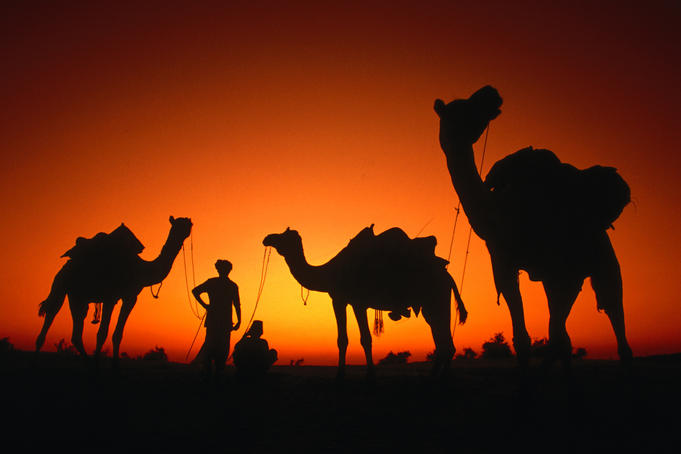May 10, 2012 12:23:25 PM
|
|
| Image by Mark Broadhead |
Photography and technical jargon go together like a DSLR and a hot shoe mounted flash. If you’re new to photography there’s a lot of lingo to know, particularly around the camera and its equipment. There’s ISO, White Balance, RAW, etc.
It can be intimidating to try and navigate the world of photography but it’s worth learning the language — both for practical reasons (most equipment jargon is useful to know before you make a purchase) and also for its beauty.
Some photographic terms are wonderfully esoteric and yet instructive in the art of capturing a destination. Here is a selection of some of the more beautiful photographic lingo:
The Golden Hour
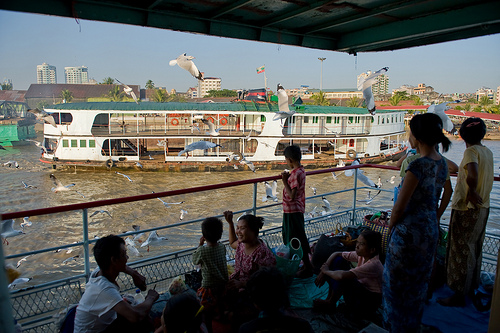
Image by Mark Broadhead
The hour after sunrise and the hour before sunset is called ‘the Golden Hour’ because the light from the sun has more reds and yellows. When the ‘altitude’ of the sun in the sky is below about 10° its rays have to pass through more atmosphere than during the rest of the day, so more blue light is scattered, leaving the longer wavelengths, especially red light. The warmer light is also less harsh so subjects are more vibrant than they were in the washed-out colours of the noonday sun.
The Blue Hour
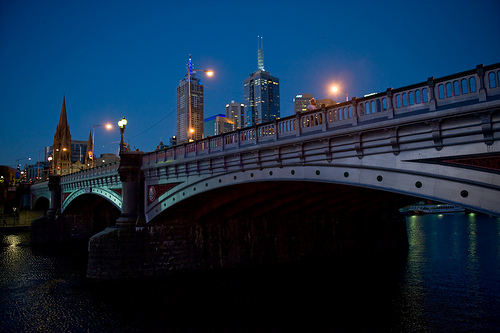
Image by Mark Broadhead
Also known as twilight, ‘the Blue Hour’ is just before the sun has risen or just after the sun has set. There is light, but not direct sunlight. The upper atmosphere, beyond the clouds, is alight with direct sunlight, giving off a scattered blue glow. Most Blue Hour photos require either the camera to be steady (on a tripod or resting on something) or taken with a fast camera (fast sensor) as the limited light during this time of day requires slower shutter speeds.
Bokeh
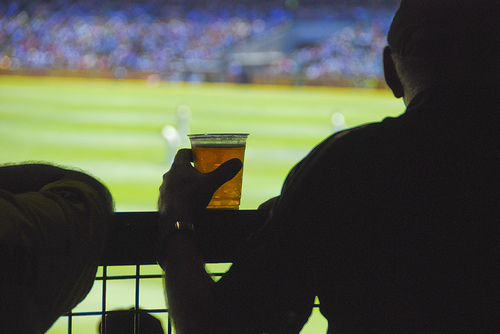
Image by Mark Broadhead
Bokeh is a Japanese word that has been adopted by photographers to describe the blur of parts (or all of) an image that are out of focus. The effect is achieved by using the larger apertures of your lens. This gives a shallow depth of field. That is, you can limit the focus to a particular distance from the lens. Bokeh is best done using lenses with large apertures; e.g. f-stop 1.8.
Contre-jour
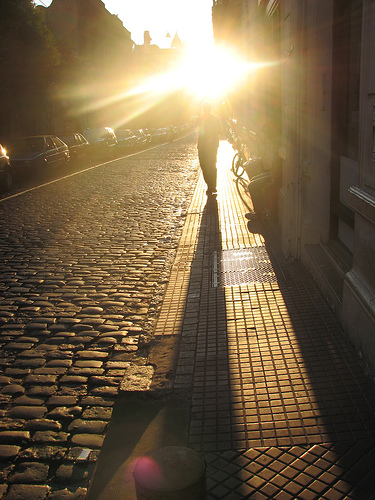
Image by Mark Broadhead
Contre-jour literally means ‘against the day’, but is properly translated from French as ‘against the light’. With the sun or any other bright object directly behind a subject the contrast is increased, making the subject a silhouette against the light source. The resulting images can be drained of colour, but they make up for it with loads of atmosphere.
Panning
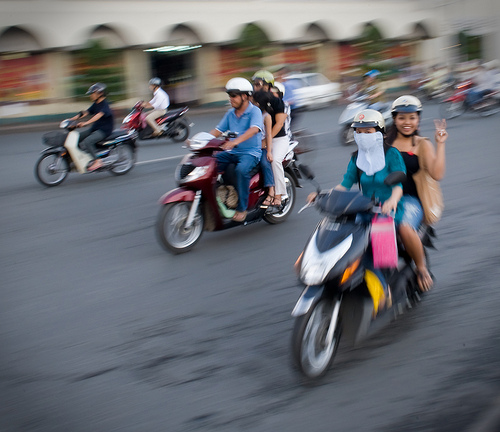
Image by Mark Broadhead
Panning is the most fun of all the techniques listed here. It involves slowing your shutter speed down (how slow depends on the available light, how fast your lens/camera is, and how fast the subject is moving) and then following the subject as it passes you. The effect is to give the subject more focus than the background. It is quite difficult to blur only the background so don’t worry if the subject is slightly blurred as well — it adds to the dynamism of the shot.
http://www.lonelyplanet.com/africa/travel-tips-and-articles/76741
